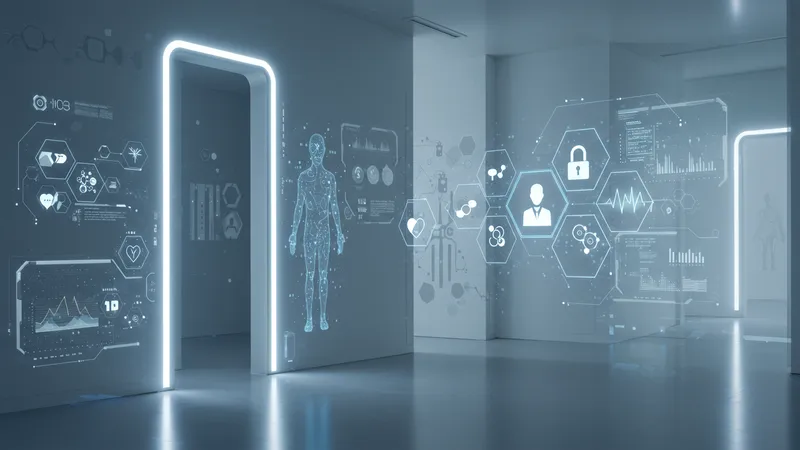
Smart Home Security Systems For 2025: What Pros Recommend
The Future of Smart Home Security Post-2025
Looking beyond the immediate advancements, next-gen systems are poised to incorporate technologies such as blockchain for safer, decentralized identity management and quantum computing for unprecedented processing speeds. Such integration alludes to an era where homes possess the intelligence to preempt security needs.

So, what might a 2030 smart home look like? Imagine walls equipped with sensors for health monitoring, not only protecting against intrusion but detecting health anomalies in inhabitants, prompting medical alerts if needed. This is where smart home security potentially dovetails into health and wellbeing services.
Moreover, these systems could eventually evolve to facilitate augmented reality (AR) surveillance modes, presenting real-time visuals and data overlays for users to interact with security aspects in novel ways. Homes may soon not just be protected spaces but become engaged, active interfaces.
But perhaps the boldest vision is how these technologies might redefine community and urban planning, contributing to safer neighborhoods through interconnected systems that share anonymized security indices without jeopardizing privacy. But can it all be achieved seamlessly, fulfilling safety promises while ensuring a flawless, integrated living experience? Only time holds that answer.